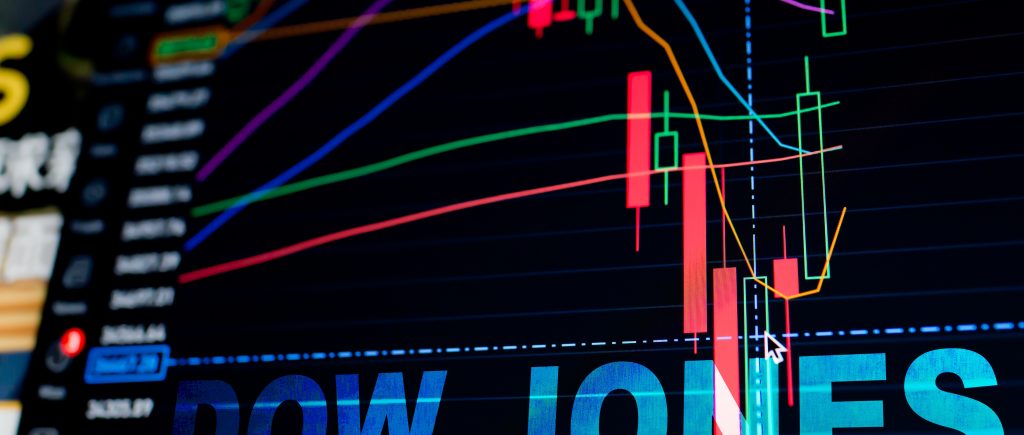The Dow Jones Industrial Average ended Friday on the back foot, trailing its major index peers as a resurgent wave of enthusiasm for AI stocks pulled investor attention elsewhere. The index briefly slid by nearly 600 points before trimming losses to roughly 150 points by the close, but the late recovery failed to disguise the day’s uneven performance.
While the broader market found support from a renewed surge in artificial-intelligence names, traditional sectors inside the Dow struggled for traction. Investors spent most of the week rotating out of financials and building-materials firms—areas that had enjoyed a brief spell of renewed interest—only to funnel money back into high-growth tech as the dominant theme of the year reasserted itself.
The AI segment, after suffering mid-week pressure, regained its momentum with large cloud-infrastructure providers and chipmakers once again leading the charge. The sector remains the standout of 2025, even as many investors grow increasingly cautious about stretched valuations and the complex financial engineering behind some of the biggest players. Concerns continue to build around the heavy spending cycles of major AI firms, especially the tendency to classify aggressive investment outlays as long-term capital expenditure to maintain the appearance of stability.
Even with these worries, sentiment appears firmly anchored to the belief that the sector will continue driving market gains—leaving the Dow, with its more traditional composition, lagging at times behind the pace of growth seen in other indices.
Adding to the uncertainty is the ongoing delay in US economic data releases, a direct result of the recently concluded government shutdown—the longest in American history. Although the federal government has resumed operations through January, agencies are only now preparing to restart the publication of key labor and inflation reports.
Markets broadly expect the long-delayed Nonfarm Payrolls report for September to be released next week, but questions remain after a vague message from the White House suggested that October’s employment and inflation data may not be published at all. That ambiguity has left traders navigating a rare information gap at a time when clarity on the job market and price pressures is critical for shaping expectations around Federal Reserve policy.
Despite these complications, the broader tone in equity markets remains one of cautious resilience. The AI sector’s rebound has helped restore some confidence following a choppy week, while the end of the shutdown has eased fears of deeper disruptions. Still, investors are aware that the coming days may deliver unexpected market swings once the data backlog begins clearing.
For now, the Dow’s uneven performance reflects a larger dynamic: traditional blue-chip stocks are contending with a powerful, tech-driven cycle that continues to reshape market leadership. With delayed economic indicators soon returning—and the next phase of the AI investment wave still unfolding—traders are bracing for a volatile but defining stretch ahead.

 Noor Trends News, Technical Analysis, Educational Tools and Recommendations
Noor Trends News, Technical Analysis, Educational Tools and Recommendations




